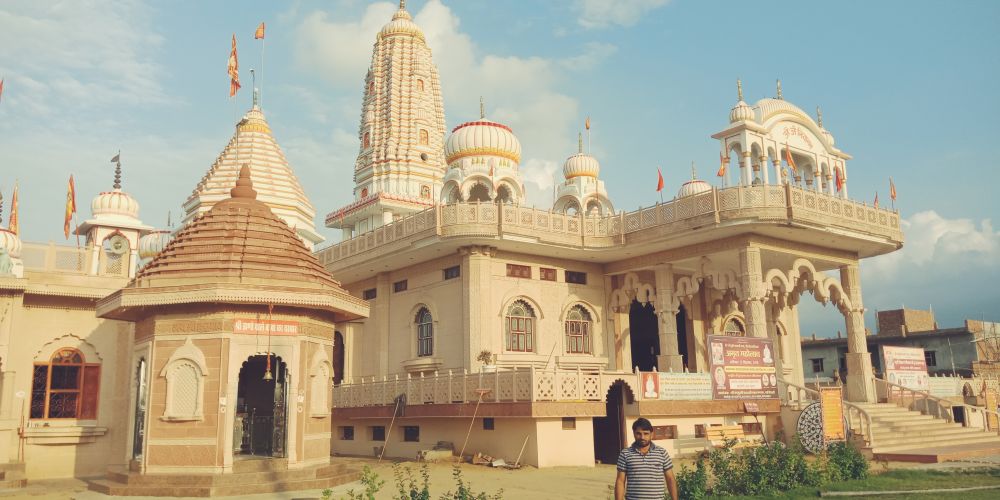

Hisar, a city with an ancient past in the northwestern Indian state of Haryana, has been a crossroads of various cultures and empires throughout its history. Its roots can be traced back to the days of the Indus Valley Civilization, making it a significant archaeological site.
In terms of tourism history, Hisar's journey began in earnest with the archaeological discoveries in nearby areas like Rakhigarhi, which is one of the largest known sites of the Indus Valley Civilization. These findings attracted scholars, historians, and travelers with a keen interest in history and archaeology, laying the groundwork for tourism in the region.
Hisar Fort, also known as 'Firoz Shah Palace Complex', commissioned by Firoz Shah Tughlaq in the 1350s, is a testament to the city’s medieval magnificence. The British Colonial period also added significant landmarks, such as St. Thomas Church and the iconic Hisar Railway Station, thus enriching the city's historical narrative.
Agroha Dham, a famous temple complex dedicated to Goddess Mahalakshmi, has further amplified Hisar's spiritual and cultural appeal. This site holds immense religious significance and attracts pilgrims from across the country.
The launch of cultural festivals and events has also played a pivotal role in boosting tourism. The yearly organization of events such as Agroha Maha Kumbh and Gopal-Mochan Fair at the nearby holy tank have drawn visitors interested in the spiritual and cultural ethos of the region.
Recent tourism developments include the promotion of eco-tourism and rural tourism. Tourists are encouraged to visit the surrounding countryside to experience the rural lifestyle, local crafts, and authentic Haryanvi cuisine. This has led to the development of farm stays and cultural tours that showcase the simplicity and richness of rural life.
The Haryana government has also embarked on improving the local infrastructure, thus making tourist spots more accessible and convenient. Smart city initiatives aim to integrate technology with tourism to provide better services for visitors. From information kiosks to enhanced connectivity and the promotion of local arts through various platforms, Hisar is tuning itself to the needs of the modern traveler.
To sustain the historical legacy, conservation efforts have been amplified at key heritage sites to preserve and maintain them for future generations. Educational tours and awareness programs about the significance of Hisar's historical landmarks have become an integral part of the local tourism industry, aiming to engage both domestic and international tourists.
With these efforts, Hisar's local economy benefits from tourism, and the city’s rich history is showcased to the world. A trip to Hisar is more than a journey through time; it is an exploration of the cultural heart of Haryana.